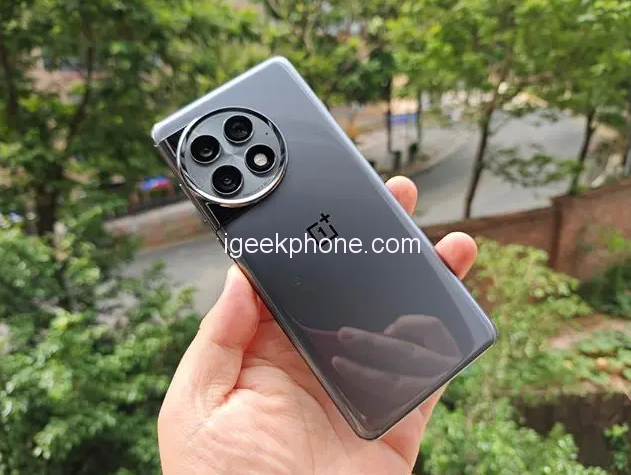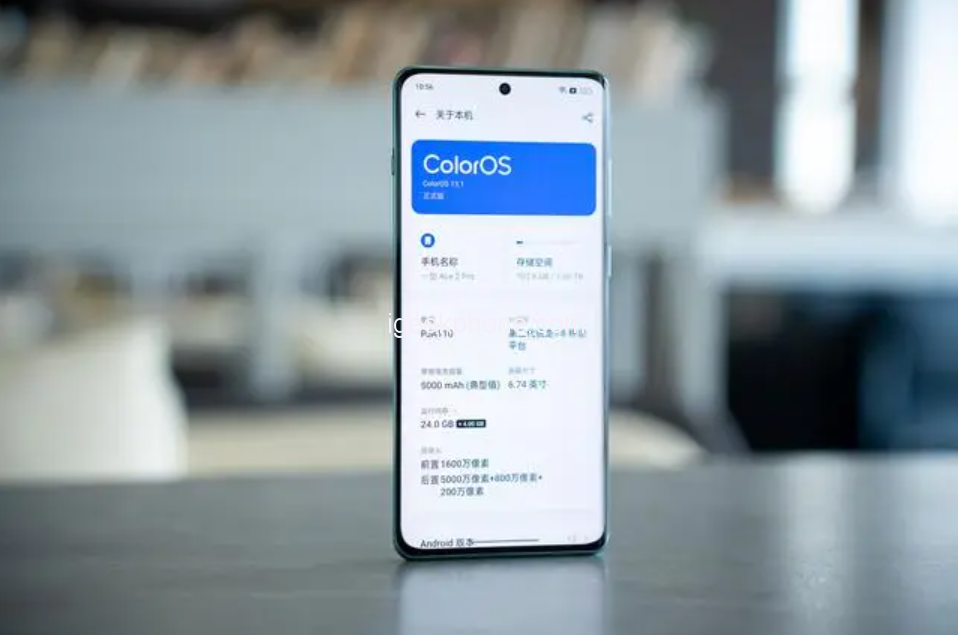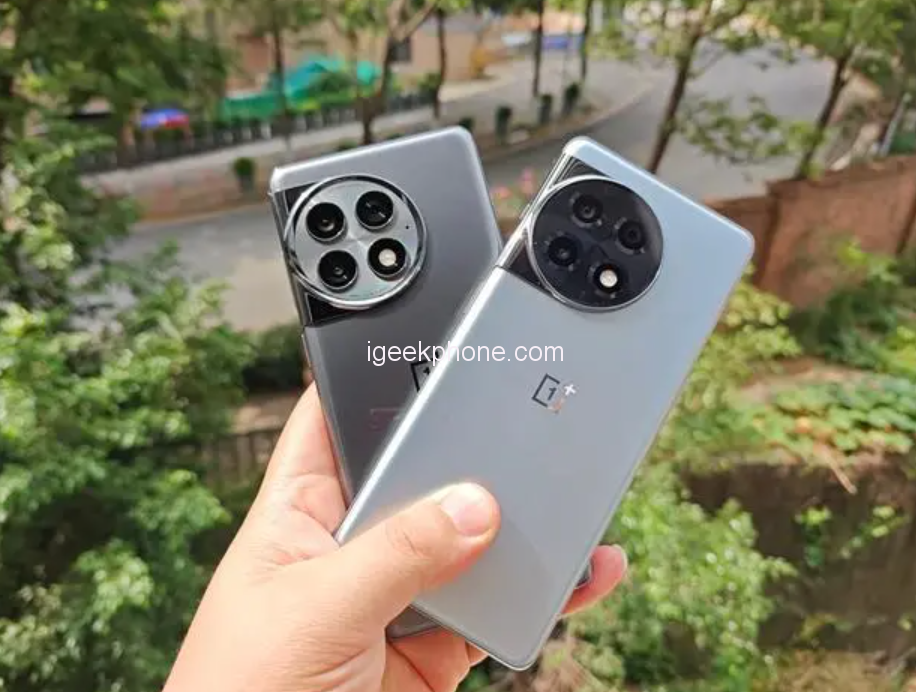Recently, many users have compared the OnePlus Ace 2 Pro with the Xiaomi 13. The doubts arise because Mi 13 has been on the market for a considerable time, yet its decline is not apparent. This certainty stems from the fact that the Mi 13 outperforms the OnePlus Ace 2 Pro in terms of overall configuration and experience. The price difference between the two models is substantial, exceeding a thousand yuan. However, when considering cost-effectiveness, OnePlus Ace2 Pro might emerge as the preferable choice.
Hardware-wise, Xiaomi 13 has a front-facing screen design, offering enhanced comfort for direct-facing screen games. On the other hand, OnePlus Ace2 Pro features a curved screen design, accompanied by a range of gaming enhancements. Notably, it incorporates an extra X7 independent display chip, which boosts frame rates through frame insertion and enhances video quality. Additionally, OnePlus Ace2 Pro introduces a self-developed super-frame super-picture engine, a frame stabilization engine, and a game cloud private network. These features, along with a generously sized VC soaking plate, contribute to improved performance. Furthermore, the OnePlus Ace 2 Pro stands out with its custom-made, sizeable X-axis motor, ensuring more delicate vibration feedback.
Regarding displays, Mi 13 employs a compact 6.36-inch design that facilitates one-handed use. Thanks to the Samsung E6 material, the screen offers better brightness and power efficiency. Its extremely narrow bezel design rivals the curved screens’ front view. However, the 1080P resolution on the Xiaomi Mi 13 doesn’t significantly impact the definition due to the screen’s small size.
In contrast, OnePlus Ace2 Pro presents a standard 1.5K micro-curved screen, capable of displaying 1.07 billion colors and supporting 2160Hz high-frequency PWM dimming. While it’s not a straightforward decision to declare the better screen quality between the two, the differences are evident.
Moving to camera capabilities, the OnePlus Ace2 Pro delivers commendable image quality within its price range. Anchoring this performance is its 50-megapixel outsole main camera with a rear Sony IMX890 sensor, featuring OIS optical image stabilization and OPPO’s flagship image algorithm. This combination yields impressive imaging, particularly evident in portrait shots.
In stark contrast, Mi 13 unquestionably surpasses the OnePlus Ace 2 Pro’s imaging capabilities, which is to be expected given the substantial price difference and the lens specifications. Mi 13 sports a 32-megapixel high-definition front-facing camera and a rear setup that includes a 50-megapixel outsole main camera with a Sony IMX800 sensor, accompanied by a 12-megapixel wide-angle and a 10-megapixel telephoto lens. The overall functionality is robust, with high specifications for each lens.
Furthermore, Mi 13 enjoys the support of Leica’s dual image quality enhancement. This native feature imbues the device with a distinct style that suits both textured and brightly colored scenes.
Examining battery capacity, the OnePlus Ace 2 Pro houses a 5000mAh battery with 150W wired flash charging, whereas the Mi 13 relies on a 4500mAh battery with 67W wired and 50W wireless charging. Despite the smaller battery capacity, the efficiency of the small screen mitigates power consumption, ensuring that actual battery life performance remains competitive.
Read Also: GLAMEE GT8000 vs., GLAMEE Meta Comparison Review
In conclusion, Mi 13 distinguishes itself through its slimmer, lighter build and a metal middle frame that enhances its tactile quality. It further supports IP68 dustproof and waterproof ratings, adding to its overall appeal.
Do not forget to follow us on our Facebook group and page to keep you always aware of the latest advances, News, Updates, reviews, and giveaways on smartphones, tablets, gadgets, and more from the technology world of the future.

.jpg)








